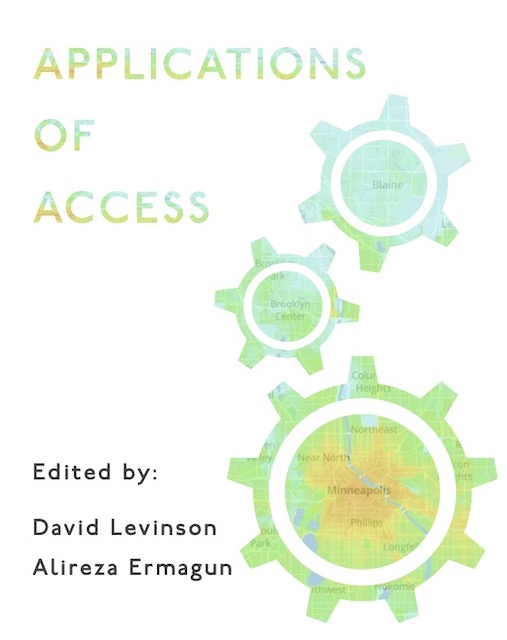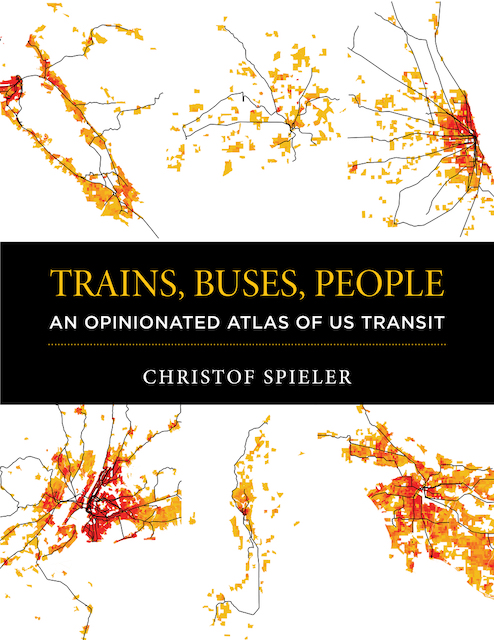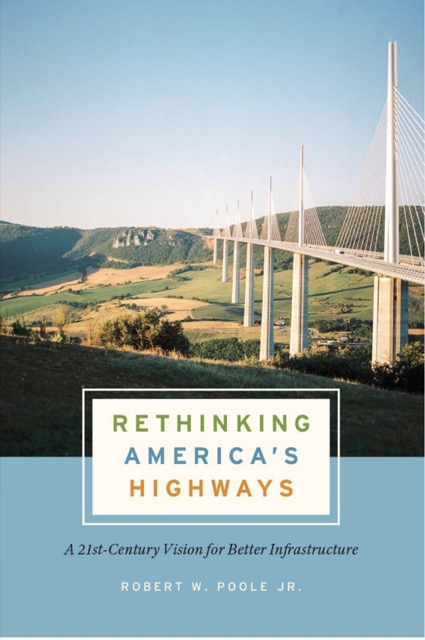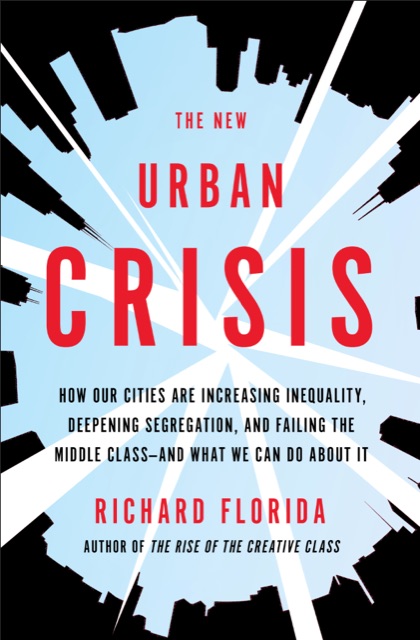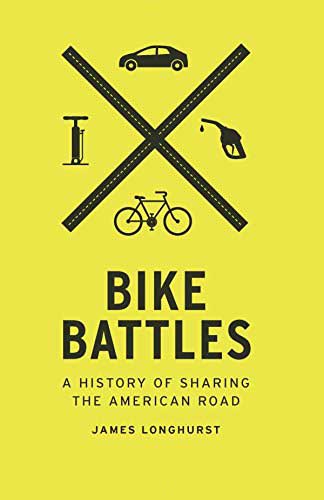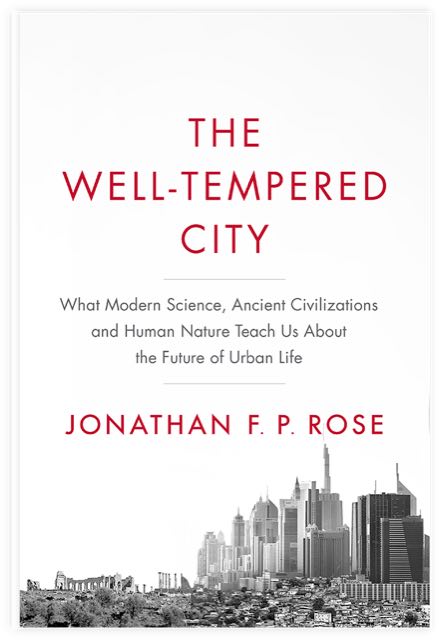When David Levinson was at the University of California, Berkeley, he calculated that it would cost more to travel between Los Angeles and San Francisco on high-speed rail than either flying or driving even if the high-speed rail line cost only $10 billion to build. When he directed the University of Minnesota’s Accessibility Observatory, he pioneered research showing that automobiles provide access to far more jobs than transit.
So when I learned that he has co-edited a new book, Applications of Access, that is available for on line for free, I immediately downloaded it to learn about the latest research about access. It turns out you get what you pay for, as I found the book to be a big disappointment. Continue reading

